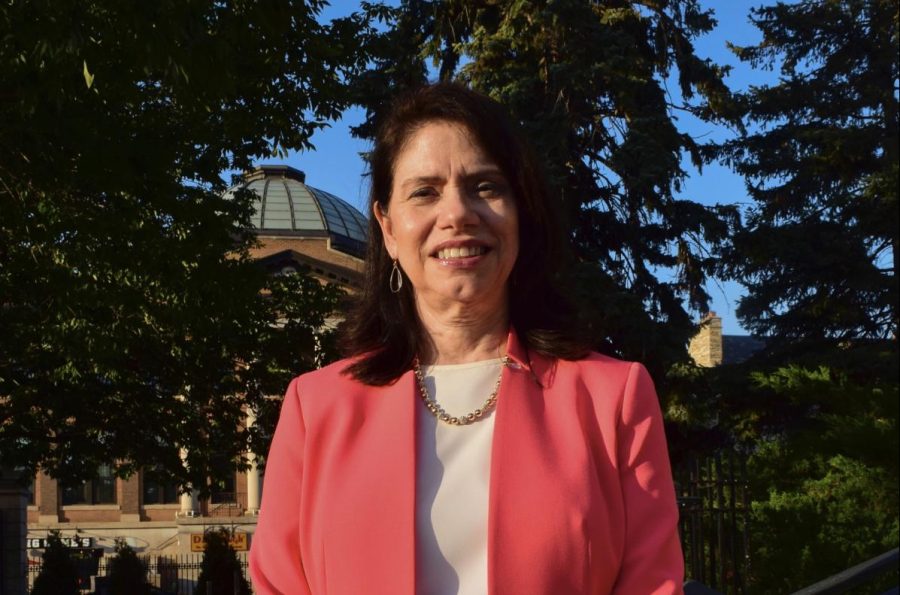Jonathan Ploeger was all set to go back to school for his Ph.D., but he still had one last thing to take care of — his daughter.
Ploeger and his wife applied for daycare waitlists for their 16-month-old daughter. His wife would be the sole earner, and they had student loans to worry about. But they received a call from the Community Child Care Center on the University of Minnesota’s St. Paul campus telling them they would be eligible for their sliding fee scale.
Without the scale, Ploeger, who serves as the center’s liaison between the University of Minnesota — which has traditionally funded the center — and the Como Early Learning Center, said the two wouldn’t be able to afford to have their daughter in childcare.
But now, after changes to the student service fees process, the two University area centers’ eligible funding will drop from over $85,000 each to a maximum of $55,000 each. Over 70 percent of customers at both centers are students.
The centers’ directors say they were blindsided by the changes, which they didn’t learn about until a December information session. Both centers face employee cuts, increased rates and eliminating their sliding scale, which a majority of parents use.
“There’s nothing left to cut but quality,” said Katie Johnson, director of the Como Early Learning Center. “I don’t think providing subpar services at a lower cost is serving our mission.”
Neither center is an official University entity, but they have been supported by fees since the 1980s. The Community Child Care Center received $87,210 in funding from the fees this year. The Como Early Learning Center received $80,574.
With new changes, organizations can request up to $30,000 in programming and $25,000 in operational costs.
A committee of students and staff made the change — among other adjustments to the process — based on surveys and listening sessions with students, said Sara Carvell, associate director of the Office for Student Affairs and the student service fee advisor.
As the number of student groups applying for funding has increased, the University has had to find a way to accommodate groups without increasing student service fees, Carvell said.
Since 2014, the amount of available funds has increased at a rate of about three percent each year, which hasn’t kept pace with the number of student groups. In 2016, 112 groups requested funding compared to 83 in 2014, Cavell said.
Matt Sumera, an OSA spokesman, said the survey responses gave clear feedback that students did not want to see the student service fees increase.
He said the focus of the changes was to ensure student fees were fairly distributed among the many groups requesting them.
“Contingency planning for how every single group might need to respond was not part of the process,” Sumera said.
The University is developing a parent grant for student parents to apply for starting next fall, said Laura Knudson, assistant vice provost for student advocacy and support.
The Student Parent Help Center will handle the grant, she said. The specifics are being finalized, but the grant will have at least $100,000 in funding for fee-paying students. Recipients can use the money for any kind of childcare needs.
“[The grant] gets the widest variety of students’ money in their hands to use for wherever it makes sense for them,” Knudson said.
As the committee weighed in on changes to the student service fee process, it looked to other universities with similar grants for parents, she said.
Vice Provost for Student Affairs and Dean of Students Danita Brown Young announced the grant to parents in an email earlier this week.
While the centers try to understand the financial necessity of the new policy, they worry that it may not impact all student groups equally, said Pablo Olivera Firpo, president of the Community Child Care Center’s parent board.
“I don’t want to say none of the student groups are important,” he said. “But this student group in particular … this provides a service that is in high need.”








